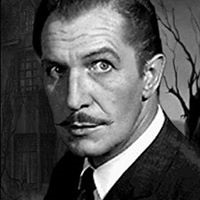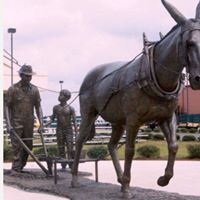What city was besieged for 872 days in WW2?
The Siege of Leningrad, also known as the Leningrad Blockade, was a prolonged military blockade undertaken mainly by the German Army Group North against Leningrad, historically and currently known as Saint Petersburg, in the Eastern Front theatre of World War II. The siege started on 8 September 1941, when the last road to the city was severed. Although the Soviets managed to open a narrow land corridor to the city on 18 January 1943, the siege was only lifted on 27 January 1944, 872 days after it began. It is regarded as one of the longest and most destructive sieges in history. It was possibly the costliest in terms of casualties.
Leningrad's capture was one of three strategic goals in the German Operation Barbarossa and the main target of Army Group North. The strategy was motivated by Leningrad's political status as the former capital of Russia and the symbolic capital of the Russian Revolution, its military importance as a main base of the Soviet Baltic Fleet, and its industrial strength, housing numerous arms factories. By 1939, the city was responsible for 11% of all Soviet industrial output. It has been reported Adolf Hitler was so confident of capturing Leningrad that he had invitations printed to the victory celebrations to be held in the city's Hotel Astoria.
More Info:
en.wikipedia.org











